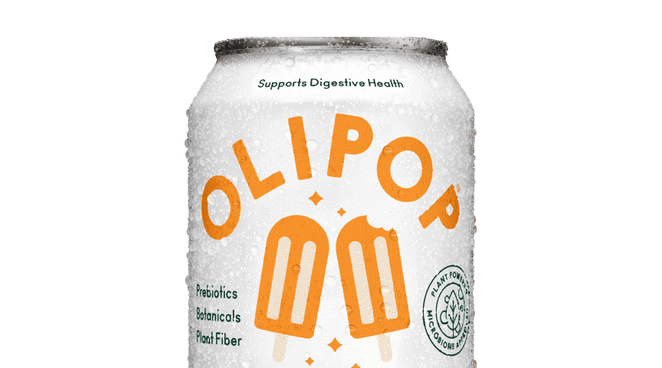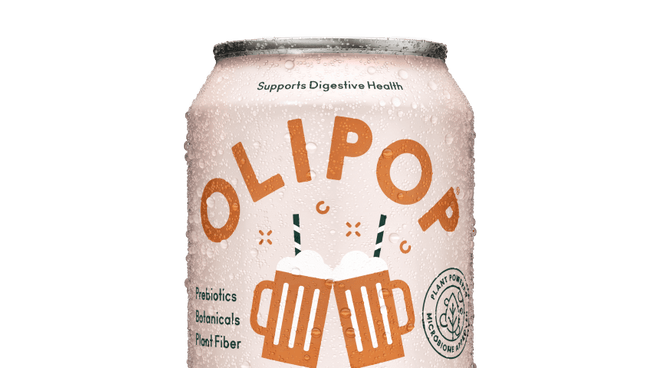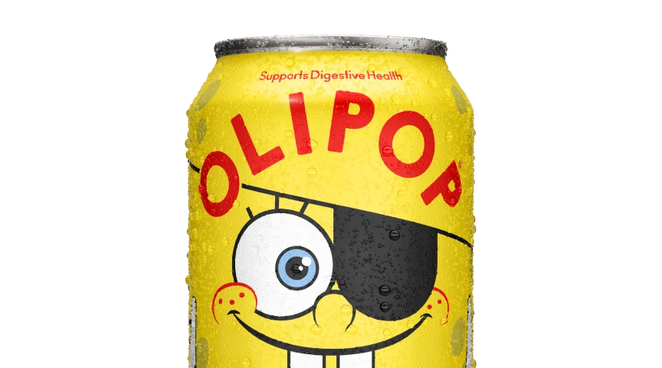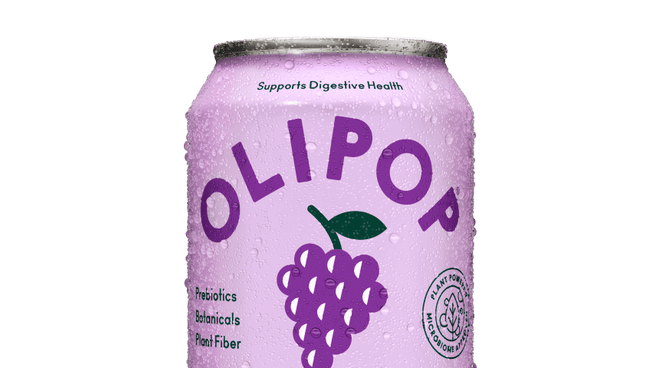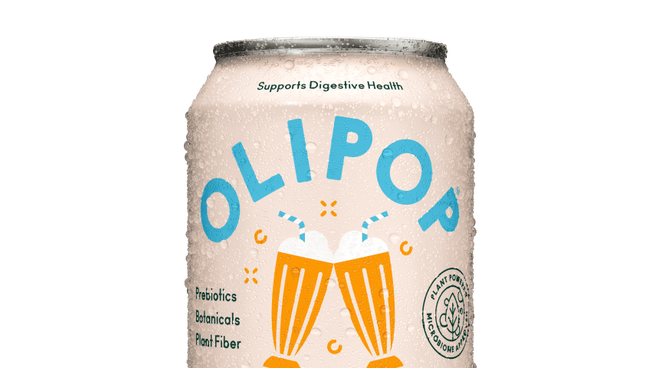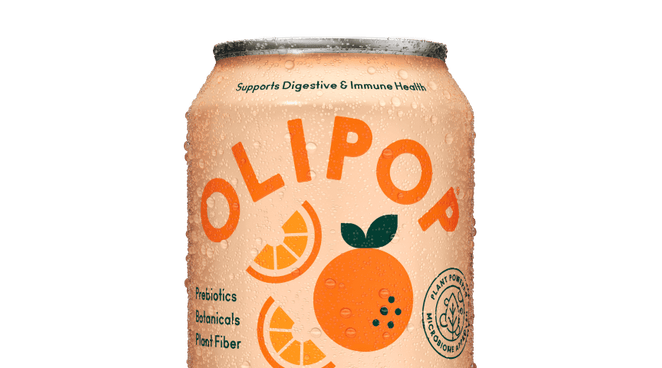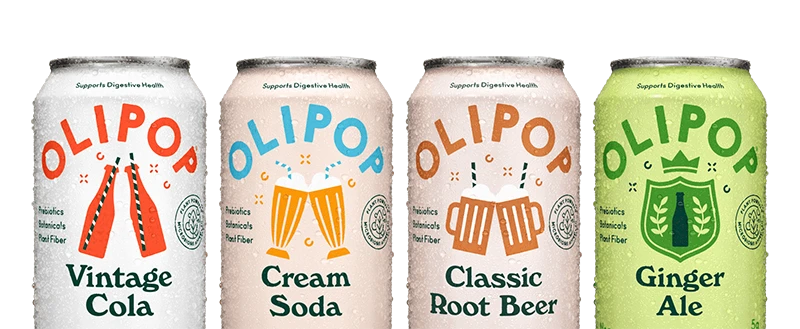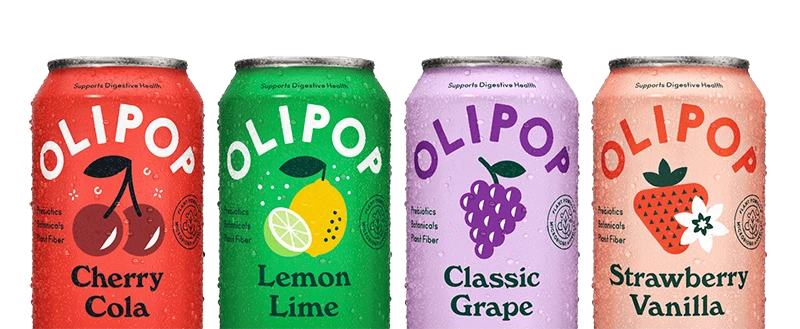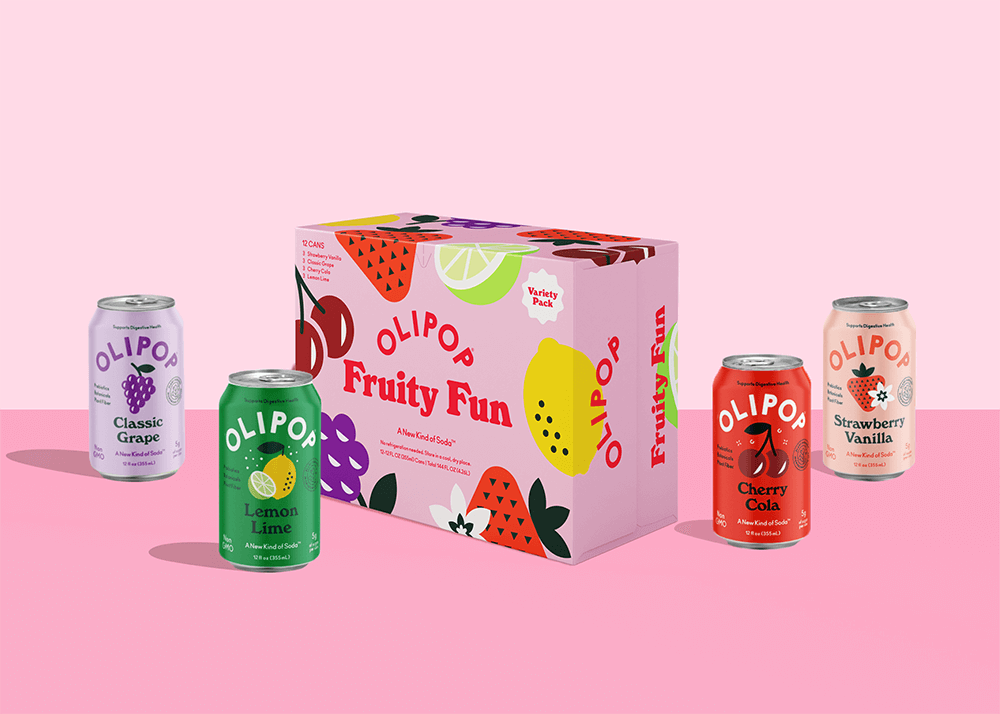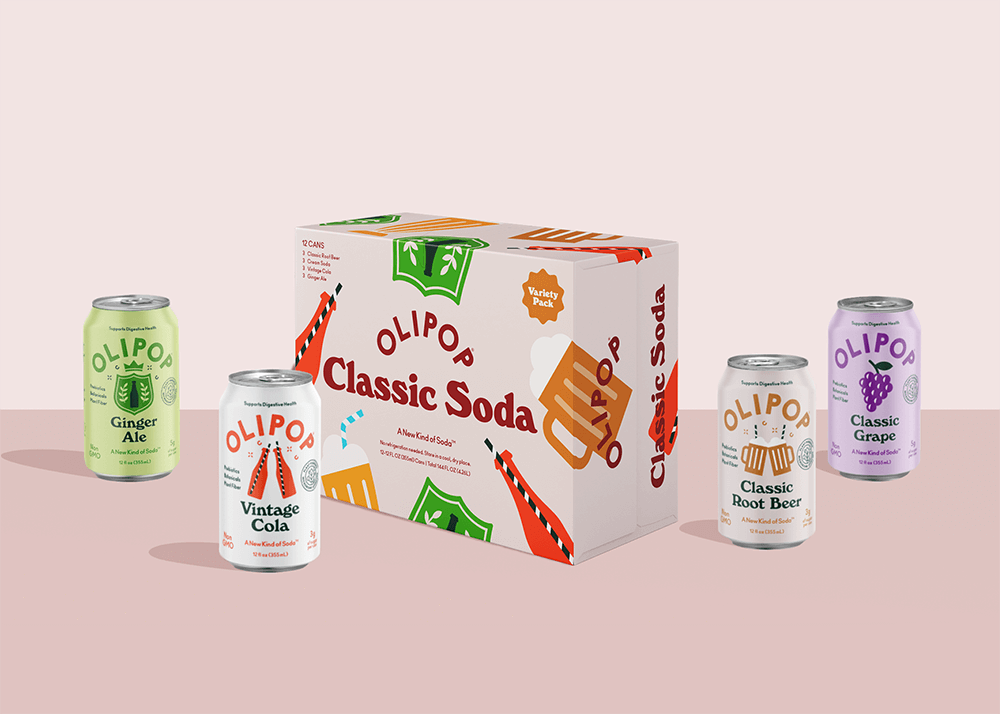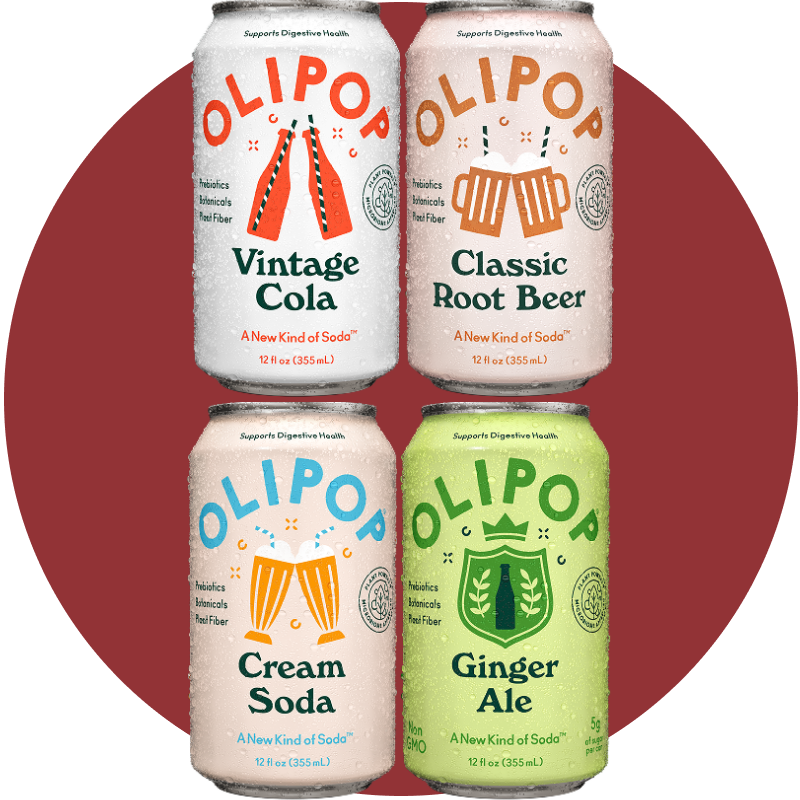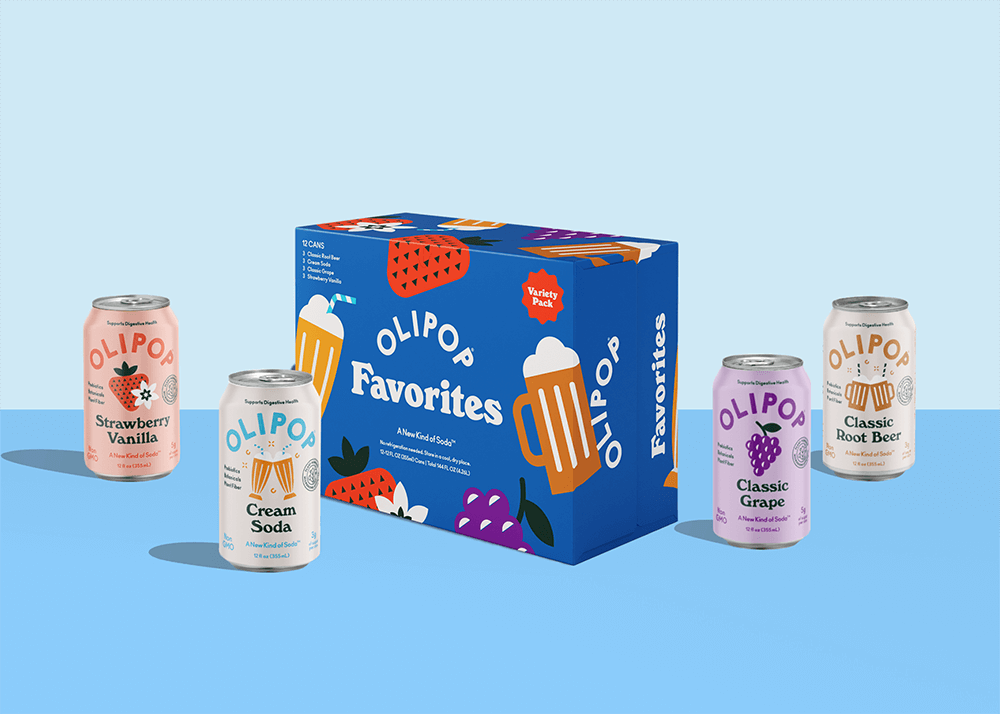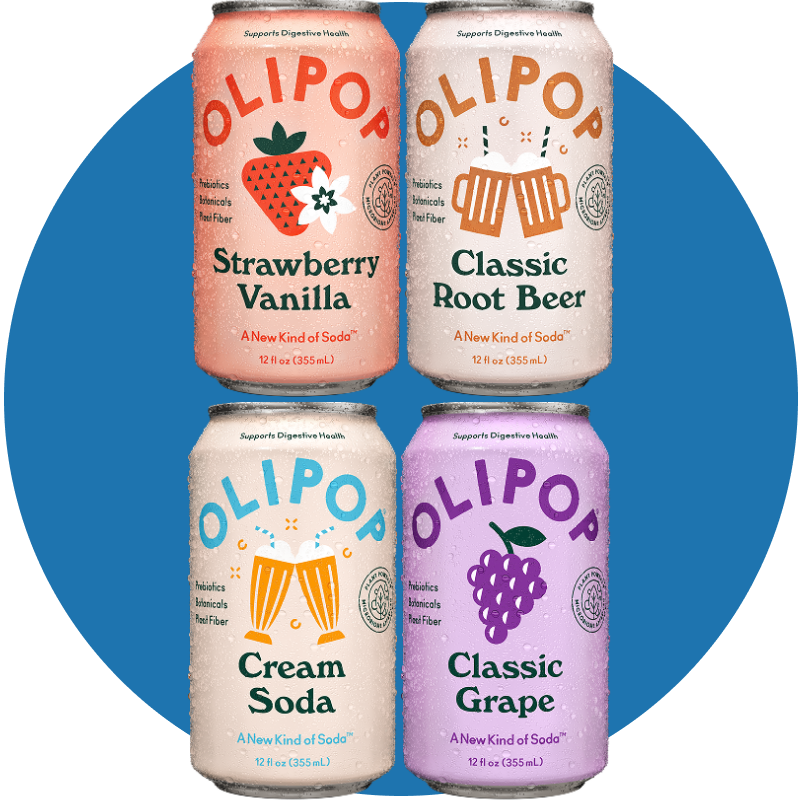Editor's Note: This article is written by Pooja Patel, RD, a registered dietitian and a paid contributor to OLIPOP.
It’s that time of year again when we say goodbye to summer camps and vacations and hello to a new school year! It's an exhilarating but sometimes overwhelming time for both students and parents.
As a parent, an important aspect of returning to the school routine is packing your child's lunch box. A nutritious and tasty lunch is crucial to help your child stay focused, perform well academically, and grow strong.
To kick off the school year with a bang, let's explore fun and easy ways to pack a lunchbox that will satisfy both you and your little one. Say goodbye to boring meals and hello to a nourishing and delicious lunch!
5 Healthy Back-to-School Lunch Ideas for Kids
1. Bento Boxes
A bento box is a traditional Japanese lunchbox or meal container that holds a single serving of a balanced and visually appealing meal. Featuring multiple compartments or dividers, bento boxes make for a fun and creative way for your child to eat lunch.
They’re also a great way to include all the components of MyPlate:
- Colorful fruits and vegetables
- Lean proteins
- Whole grains
- And dairy or dairy alternatives!
One example of a creative and fun bento box is heart-shaped strawberries, star-shaped cucumbers, rolled-up turkey or grilled tofu, brown rice or pasta, and string cheese. A playful way to make your child smile is to get food cutters to shape fruits, vegetables, and cheeses.
2. DIY
Have your child assemble their own sandwich or pita/wrap! In the lunch box, pack pita bread or tortilla with some condiments such as hummus or guacamole, fresh vegetables, cheeses, and proteins such as falafel, chicken, rice/beans, or meatballs. This is a fun way for your child to interact with their food (and helps guarantee the lunch doesn't get soggy!).
3. Quick and Easy Sandwiches
Sandwiches are quick, convenient, and a great way to sneak in more veggies. Some examples of sandwiches would be:
- Hummus and veggies
- Mashed chickpeas with mayonnaise and avocado
- Turkey and cheese
- Sunflower butter and bananas
4. Pasta Salads
Pasta gives off “main character” energy! They’re delicious and versatile, and you can pair them with virtually anything. Think of pasta as the foundation of a great salad. Toss spinach, tomatoes, mozzarella, chickpeas, grilled corn, and zucchini onto a bed of pasta. Coat it with some olive oil and a vinaigrette and you are good to go.
5. Mason Jar Lunches
Mason Jars are a convenient houseware item to house salads or even overnight oats. Start by pouring in a store-bought dressing or homemade dressing, add a protein source like chickpeas or shredded chicken, fresh veggies, and top with mixed greens and feta cheese. Give the jar a good shake before packing.
4 Key Nutrients for Kids
Kids are growing at such a fast rate and need proper fuel for their bodies. But what nutrients do they need? There are a few crucial ones to look out for when packing lunches:
Calcium
Calcium helps build strong bones and teeth. Sources of calcium include:
- Milk
- Cheese
- Yogurt
- Tofu
- Green leafy vegetables
Pack a string cheese, Greek yogurt, or a mixed green salad for an added boost of calcium.
Vitamin D
Vitamin D plays a key role in bone, immune, and heart health, and can impact mood/cognitive function. A few food sources of vitamin D are:
- Fatty fish
- Cheese
- Egg yolks
- Beef liver
Certain foods such as breakfast cereals, dairy and non-dairy products, and orange juice are fortified with vitamin D. But don't forget that the very best source of vitamin D is sunlight!
Fiber
There are two types of fiber: insoluble and soluble. And you (and your kids) need both! The recommended dose for adults is 25-35 g of fiber. As for your little ones, their recommended dose is anywhere from 10 to 25 grams depending on their age.
Soluble fiber dissolves in water and can help lower blood glucose and blood cholesterol levels. Examples of soluble fiber-rich foods include:
- Oatmeal
- Beans
- Apples
- Lentils
Insoluble fiber does not dissolve in water and can help prevent constipation and promote regular bowel movements. Examples of insoluble-rich foods include:
- Legumes
- Fruits with edible skins
- Nuts
- Whole wheat products
Looking for more high-fiber snack ideas? Check out our blog Healthy Prebiotic Fiber Snack Recipes for Kids & Adults.
B Vitamins
B vitamins help convert food into energy. Some great examples of vitamin B-rich foods include:
- Leafy green vegetables
- Animal-based proteins such as beef, pork, poultry, and fish
- Dairy products
- Fortified non-dairy products
- Fortified cereals
- Nuts
A Pop of OLIPOP for the Kids
Now that school is back in session, so are after-school activities such as sports and clubs/organizations. This means your child will come home looking for a snack and something to quench their thirst. OLIPOP pairs well with various snack items and offers a variety of flavors. Jam-packed with gut-friendly prebiotics and 9 grams of fiber, OLIPOP is the perfect after-school beverage alternative to sugar-filled sodas and juices.
Sources:
- Cormick, Gabriela, and Jose M Belizán. “Calcium Intake and Health.” Nutrients, 15 July 2019, www.ncbi.nlm.nih.gov/pmc/articles/PMC6683260/.
- “Fiber.” The Nutrition Source, 2 Feb. 2023, www.hsph.harvard.edu/nutritionsource/carbohydrates/fiber/.
- “Vitamin D.” The Nutrition Source, 7 Mar. 2023, www.hsph.harvard.edu/nutritionsource/vitamin-d/.
- Some great healthy back-to-school lunch ideas include bento boxes, DIY creations, quick and easy sandwiches, pasta salads, and mason jar lunches.
- Kids are growing at such a fast rate and need proper fuel for their bodies. Four key nutrients they need include calcium, vitamin D, fiber, and B vitamins.

